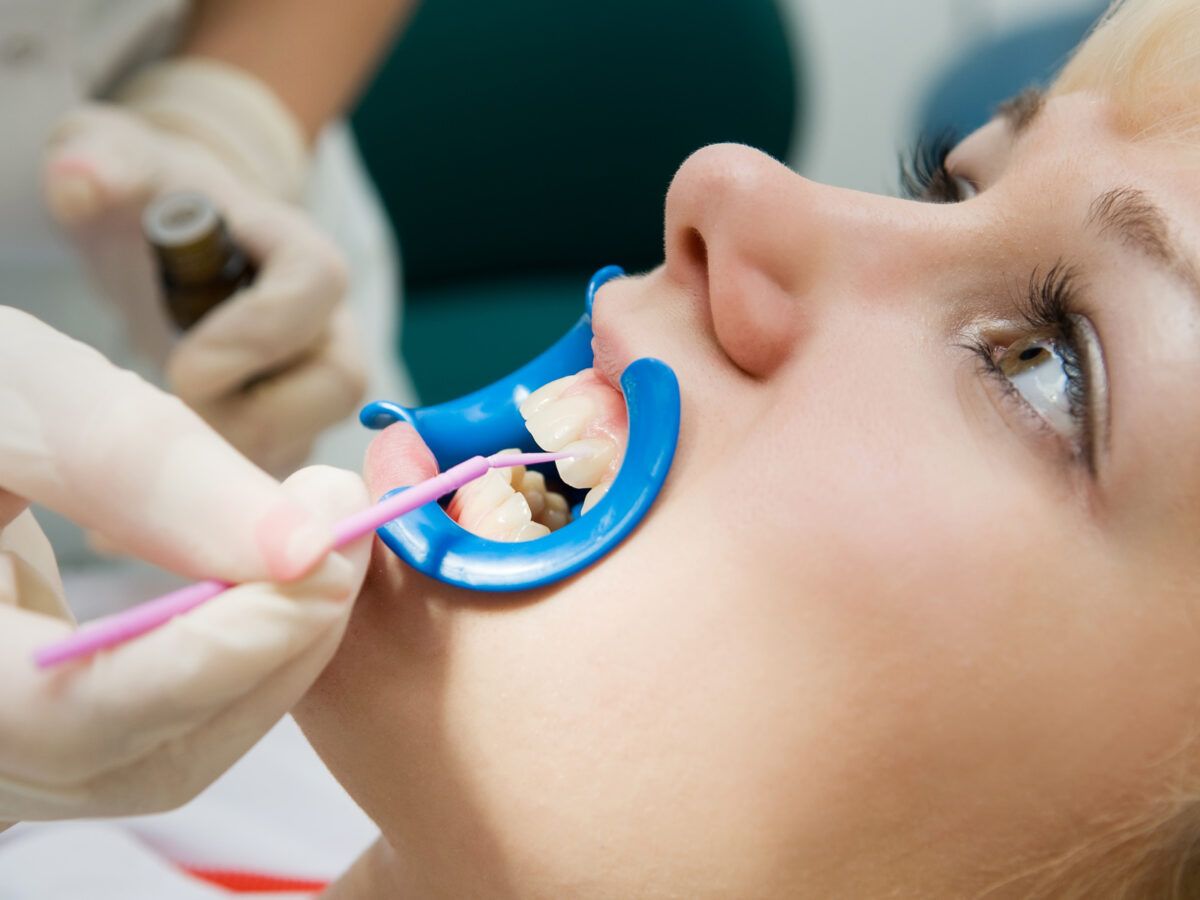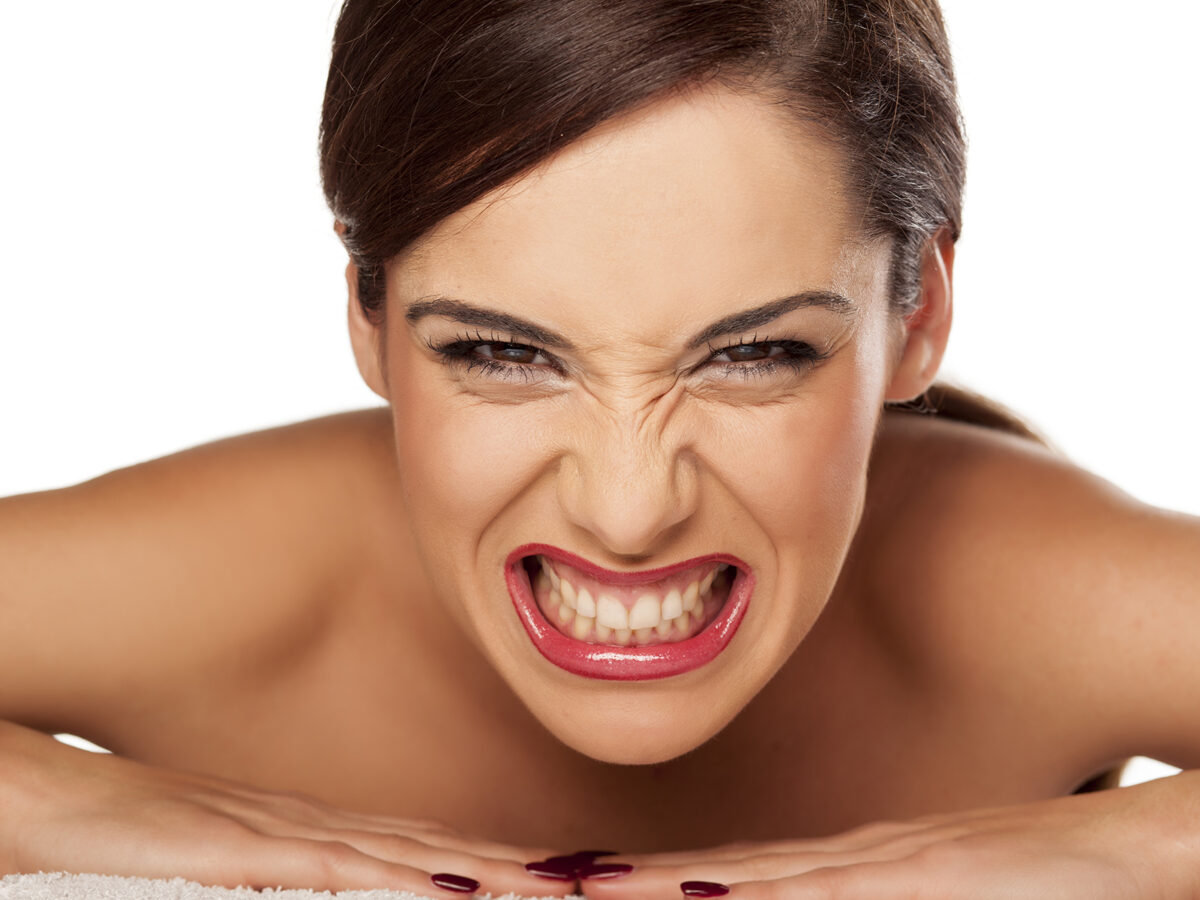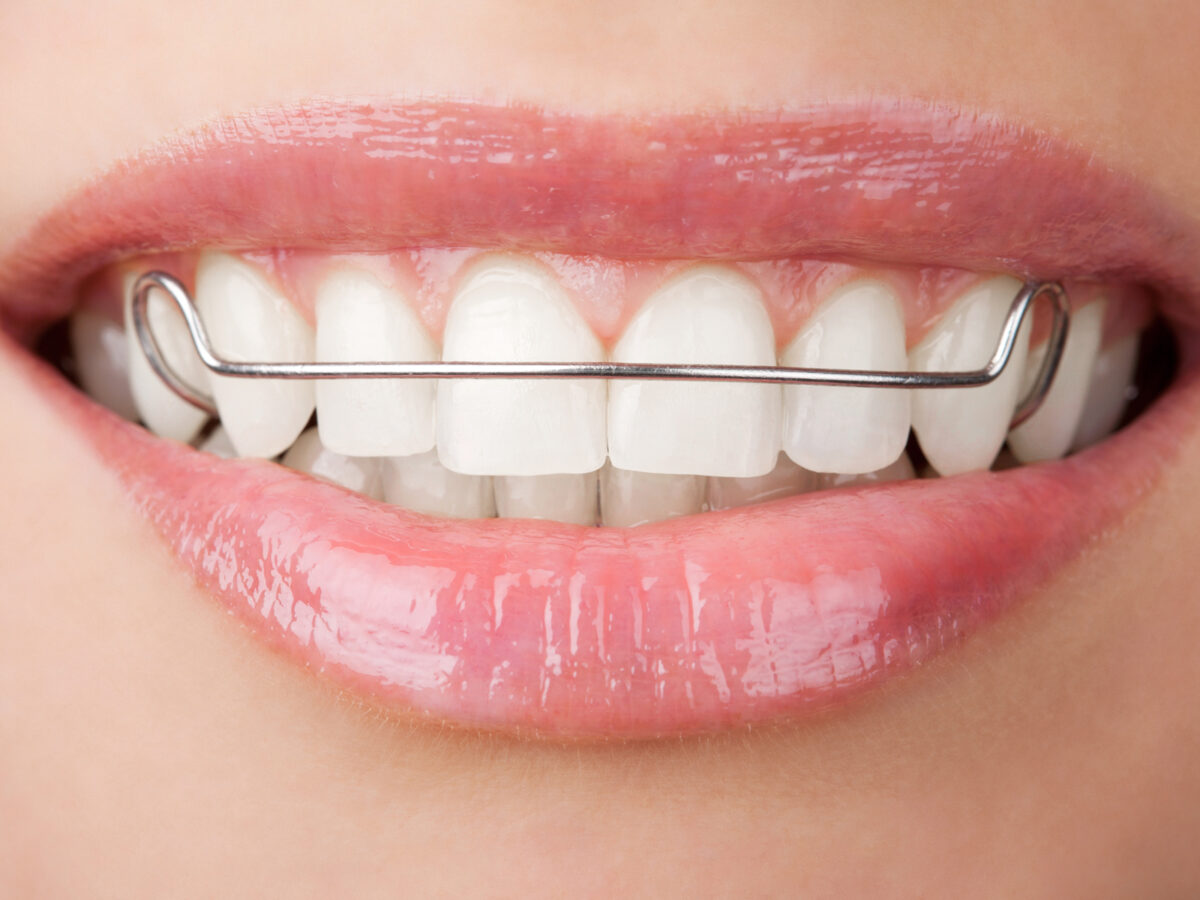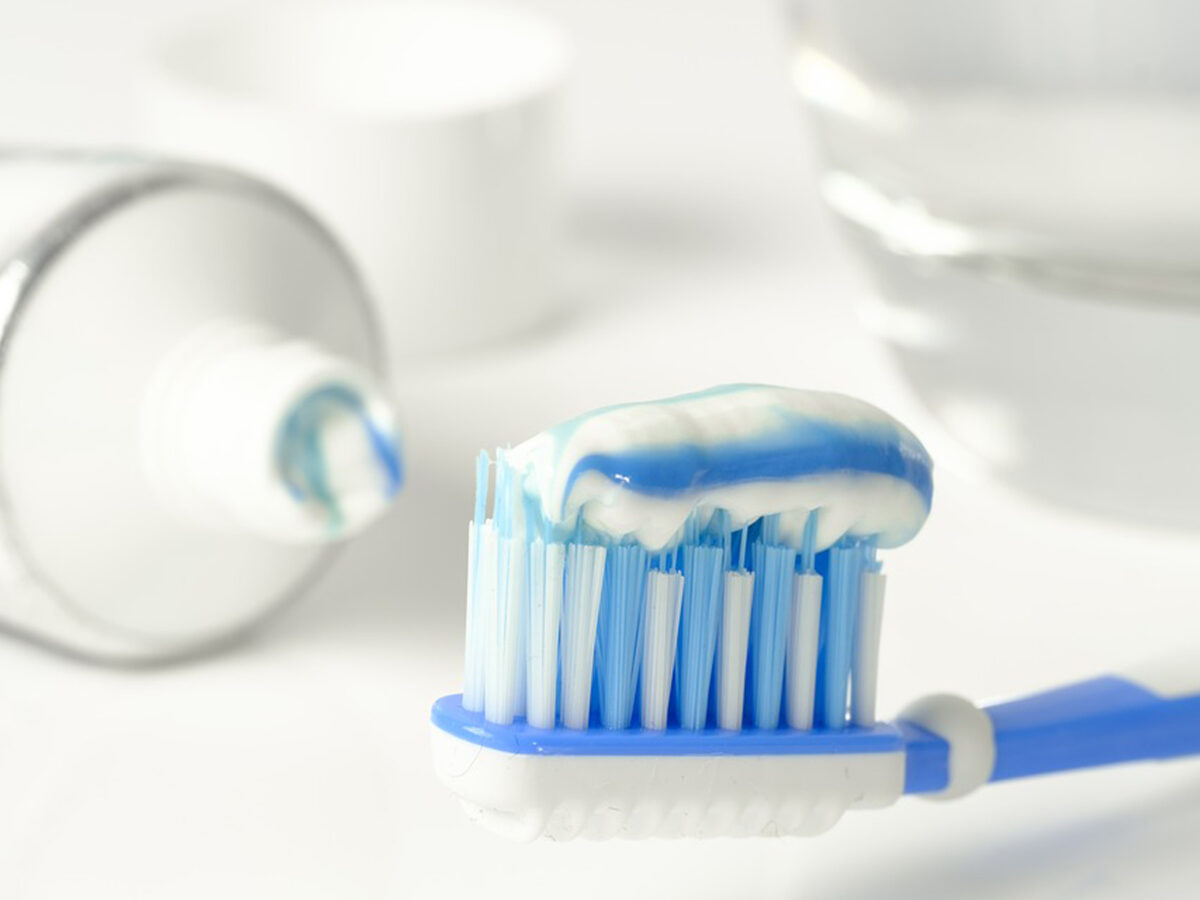What is fluoride?
Fluoride is a natural mineral that is essential to keep teeth strong and cavity-free. Fluoride supports healthy tooth enamel and fights off harmful bacteria. The significance of fluoride heightens when a person is at a greater risk of developing dental caries. Caries of cavities occurs when bacteria build up on teeth and gums and form a sticky layer of plaque. Dental plaque produces an acid that erodes teeth and gum tissues. If the plaque can break down the enamel, bacteria can infect and attack the nerves and blood at the nucleus of each tooth.
Topical fluoride is a unique treatment prescribed by dentists. Professional fluoride treatments are available in a highly concentrated rinse, foam, gel or varnish. You may apply the treatment with a brush, swab, tray or mouthwash. The fluoride content in professional fluoride treatments is much higher than that of usual tubes of toothpaste. The Treatments are easy to apply, and the dentist may ask you to avoid consuming food for at least 30 minutes post-treatment so that the fluoride can fully absorb.
Importance of topical fluoride treatment
Topical fluoride treatment helps prevent cavities, tooth decay and gum diseases. Fluoride treatment is also effective in decreasing painful tooth sensitivity.
Can topical fluoride treatment prevent tooth decay in your child?
Infancy to early childhood is the most active period for developing teeth, jaws, gums and jaw structure. One of the major concerns during this monumental stage is to protect your child from tooth decay. Contrary to popular belief, it is vital to safeguard even the baby teeth from decay as a premature loss of teeth due to decay could cause the incoming permanent teeth to erupt at improper positions. Thus, using topical fluoride is an optimal solution to prevent tooth decay in your child. Although fluoride remains essential throughout a person’s life, its significance is paramount during the early period of a child’s growth.
The typical way of receiving fluoride is through toothpaste or drinking water, wherein it first passes through the digestive system, then to the bloodstream and finally reaching the teeth. A topical fluoride treatment is direct and allows more excellent absorption of the vital mineral into the enamel.
Now, the inevitable question is whether topical fluoride treatment has any side effects? Like everything else in the world, a fluoride treatment also has some side effects, albeit temporary. On account of the much higher fluoride dose, the child may experience transient vomiting, headache or even stomach pain he or she accidentally swallows the gel. Hence, extra precautions such as a mouth tray to catch the excess solution are necessary.
But, the fact remains that the benefits of topical fluoride treatment far outweigh the risk, especially among children who are six years or older. Studies have shown that young patients who have received fluoride applicant show an average 28 per cent reduction in tooth decay, tooth loss and so forth.
In case you are interested in opting for topical fluoride treatment for your child, consult your dentist.
Book Appointment to find out which treatment might be best for you.




